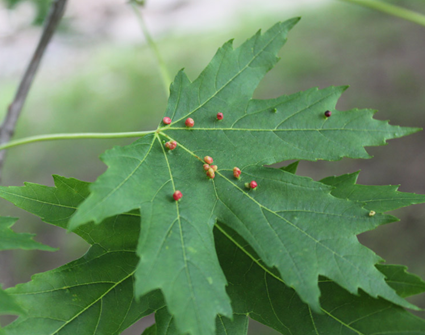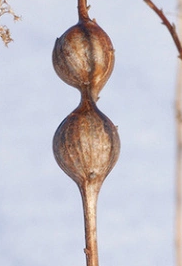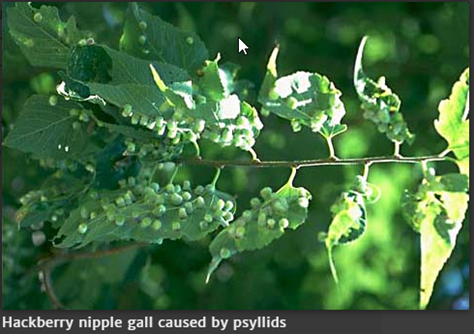Click below to listen to my 2 min. Garden Bite radio show: The gall of some trees!
Oh the gall of some trees! There’s a lot of it! Galls come in many shapes, sizes, and colors. They generally cause plenty of questions among those strolling their landscapes and wondering what in the world that growth.

Galls on tree leaves and branches are a common sight in the summer but are rarely cause for concern.

They develop as a result of abnormal plant tissue growth, typically caused by insects laying eggs and feeding. The growth provides food and shelter for the organism inside. Once the insect is fully developed, it emerges from the gall.

According to the Minnesota DNR, luckily these growths, while unattractive to some homeowners, usually don’t require management. Some species of gall-making insects overwinter in leaf litter, so raking and destroying fallen leaves may provide some control. Galls can change color from green to yellow to reddish-purple. Some of them grow large and fall off while others are barely noticeable.
My hackberry is host to the psyllid.

They are small aphid-like insects that cause the galls commonly seen on the underside of hackberry tree leaves. Another name is hackberry “gall-maker.”

They are most commonly noticed, however, as a household nuisance in late summer and fall. Large numbers may be present in September and October. I had one tree service tell me they WERE aphids and that he could treat them. My tree is huge, I would never treat them with a chemical. It’s simply a cosmetic issue.
If you have questions or concerns about trees, it’s best to talk with a certified arborist. You can also send me an email.
Resources:
- University of MN Ext.
- University of Wis. deciduous tree galls
- State by State gardening – Wisconsin The Gall of it All

